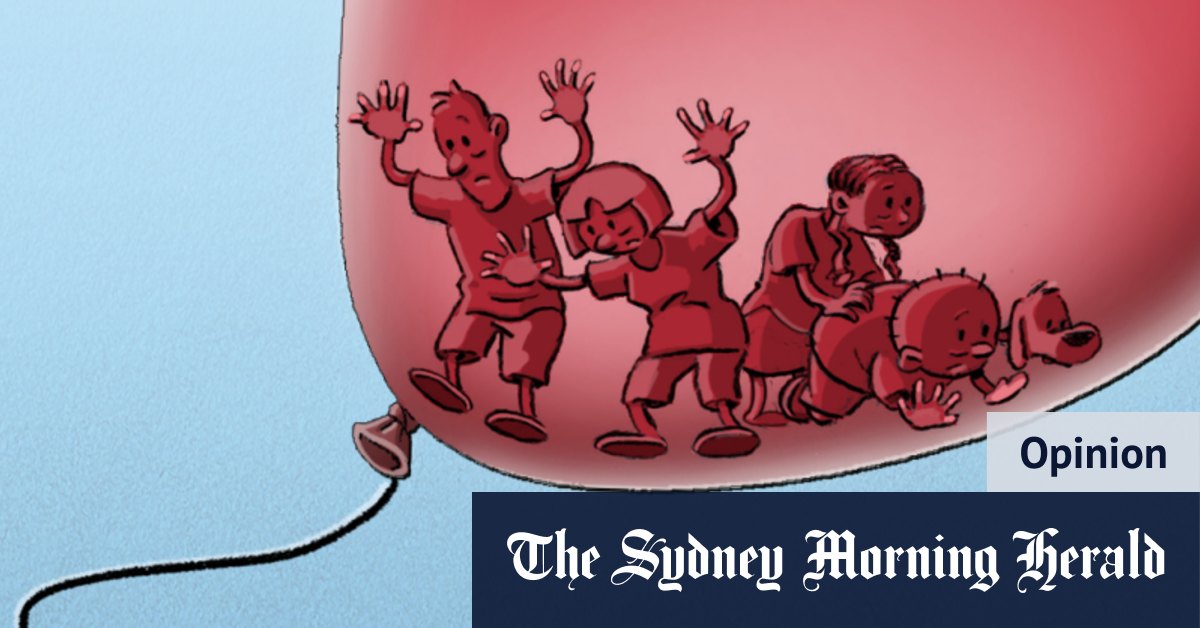The reality of energy bills is that most of us pay quarterly, which means that the first much larger bill will not likely come until spring. It will include the usual big annual winter heating bill, so look out for a double-shock.
loading
The cost of paying your mortgage has been rising for months, but those on fixed rates are heading towards a cliff.
Most banks have passed on Reserve Bank of Australia (RBA) official interest rate increases to their variable-rate mortgage borrowers, who are now paying about an extra $7000 in annual interest on an average loan. And more rate rises are still on the way.
However, the RBA states that the share of borrowers on fixed-rate mortgages increased from 20 per cent at the start of 2020 to a peak of almost 40 per cent in early 2022. So, their mortgage increases – about an extra $20,000 a year on an average loan – will come all at once when their fixed-terms expire.
For the majority, that will be next year, however, for about 10 per cent, it will come in the next few months.
Then there is the price rise many of us may have forgotten – health insurance. Premiums normally rise in April of each year but, this year, they have been deferred by many funds as a pandemic relief measure.
As recently as last week, Bupa deferred its increase again until November, bringing it in line with the rest of the big four providers – HCF, NIB and Medibank/AHM.
However, in September and October, deferred premium increases will kick in at AIA Health, GMHBA, Frank, TUH, Teachers Health, UniHealth and Nurses & Midwives Health, and Peoplecare. So, that is about 10 million people who will see a health insurance price rise averaging 2.7 per cent, or about $126 a year for a family.
Grocery prices are rising fast, too, especially fruit and vegetables – up 5.8 per cent in just three months, according to the Australian Bureau of Statistics, due to the second round of east-coast floods.
loading
For a typical household exposed to all of the above price increases, by the time spring blooms, their costs will have climbed as much as $12,000 a year, based on the following estimates:
- Mortgage: up $10,000
- Fuel: up $1040
- Groceries: up $750
- Energy: up $300
- Health insurance: up $126
Many of us are already changing our spending habits to cut out non-essentials, to prepare for all the cost of living increases still to come. If you are not, now might be a good time to start.
- Advice given in this article is general in nature and is not intended to influence readers’ decisions about investing or financial products. They should always seek their own professional advice that takes into account their own personal circumstances before making any financial decisions.
